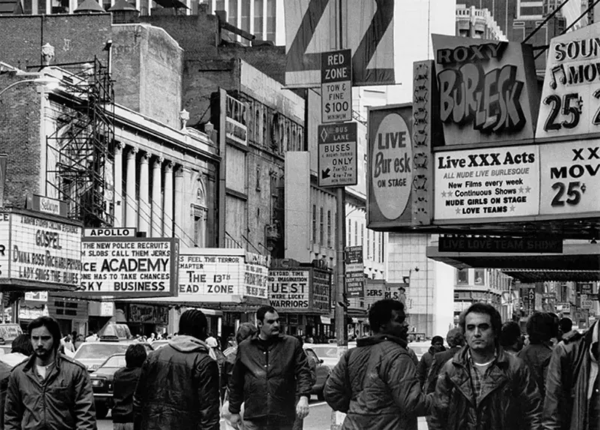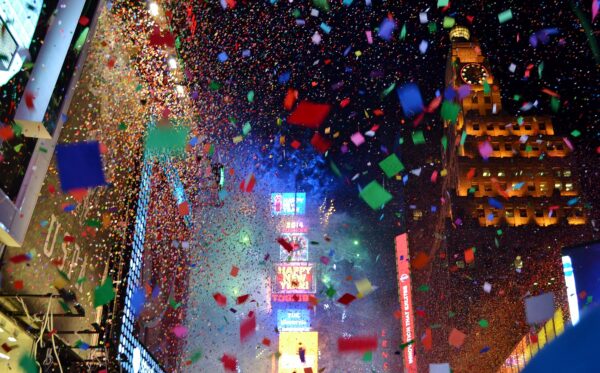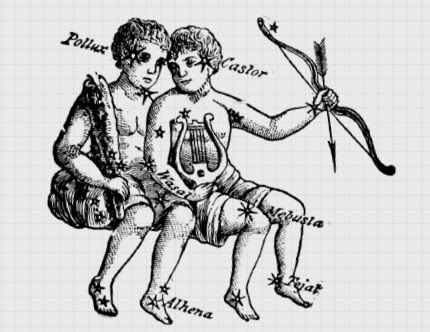Every year, millions of eyes turn to Times Square on New Year’s Eve. The ball drops, confetti flies, and people around the world celebrate as one of the most iconic urban spaces transforms into a glowing, glittering symbol of hope and renewal. But this carefully orchestrated spectacle didn’t just happen. Times Square, now synonymous with bright lights and family-friendly entertainment, has lived many lives. At the turn of the 20th century, it was a booming theater district. By the 1970s, it had become a gritty hub of adult entertainment—dubbed “the sleaziest block in America.” By the 1990s, the neighborhood was nearly abandoned, its streets empty and reputation in tatters.

The transformation of Times Square was no accident. It was the result of a massive redevelopment project, fueled by powerful business interests and New York City’s government. In the early 1980s, the city invoked eminent domain to seize large swaths of the neighborhood, aiming to clean up its seedy image. But it wasn’t until a group of property owners, led by the New York Times and theater leaders, formed the Times Square Business Improvement District (BID) that things began to change.
BIDs—private organizations funded by local property owners—stepped in where the city couldn’t, using their own funds to make Times Square feel safe and vibrant again. They cleaned the streets, employed private security, and threw public events to reshape the area’s image. The ball drop itself became a cornerstone of this campaign, reimagined in 1993 as a dazzling spectacle complete with fireworks, confetti, and global fanfare. This was more than just a party—it was a declaration to the world that Times Square was back.
But the clean-up came at a cost. The redevelopment pushed out hundreds of businesses and displaced vulnerable residents, including many who made their livelihoods in Times Square’s underground economy. Critics argued that the BID’s efforts favored big corporations and tourists over locals, further driving gentrification and leaving small businesses behind.Today, Times Square is one of the most visited places on Earth, a success story that reflects the growing influence of BIDs across the country. There are now over 1,000 of these private districts in the United States, shaping neighborhoods with flower pots, banners, and “ambassadors” in neon vests. But while they can make cities cleaner, safer, and more attractive, they also blur the line between public and private power, raising questions about democracy, equity, and who gets to decide what public space is for. As the ball drops each year, Times Square stands as both a triumph of urban reinvention and a cautionary tale. Behind the confetti and celebrations lies a story about cities, power, and the unseen forces that shape the places we share.




Comments (4)
Share
Great segment but watch your editing please. Giuliani wasn’t mayor until 1994…not the late 80s as the reporter made it seem.
How ironic!
99pi is a superb podcast about superb design. The 5th generation iPod Nano I use at the gym is a superb example of superb design. At 1.5 inches square it’s small and very light. Its strong clip lets me attach it to to the hem of my T-shirt so it’s out of the way yet the controls are easy to reach. Alas, it seems it’s no longer possible to download 99pi into iTunes and then synch it with my trusty iPod Nano. My only recourse is to carry a much larger much heavier iPhone. Yet again superb design gets trashed.
Great story, as always.
There was no mention of Community Redevelopment Agencies as a means of improving designated areas.
How do they compare?
Maybe that’s another episode?
Much love and appreciation to you.
This episode’s exploration of Times Square’s evolution from a theater hub to a center of adult entertainment, and finally to a sanitized tourist attraction under corporate influence, is reminiscent of HBO’s series The Deuce. The show similarly depicts the gritty transformation of New York’s urban landscape during the 1970s and 1980s, focusing on the interplay between burgeoning real estate values and the city’s underground economy.